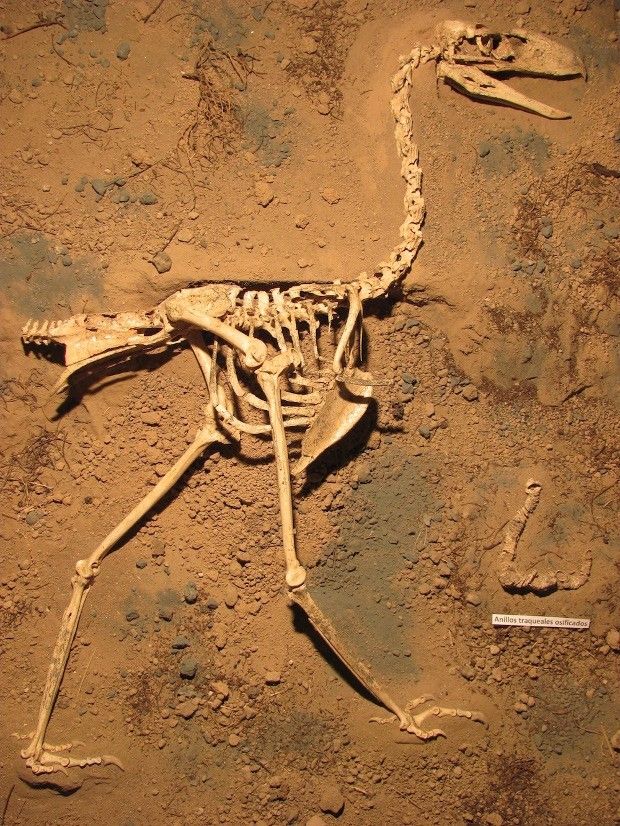A paper published in the Journal of Vertebrate Paleontology this past April 9 describes a previously undocumented bird species that lived in ancient times and that paleontologists identified with the help of just one fossilized skeleton.
The species, named Llallawavis scagliai, i.e. Scaglia's Magnificent Bird, after the Argentine naturalist Galileo Juan Scaglia (1915-1989), populated South America about 3.5 million years ago.
Llallawavis scagliai specimens measured about 10 feet (3 meters) in height. They were carnivores, and hunted and killed their next meal themselves. Hence, paleontologists call them terror birds.
Having analyzed the nearly complete fossilized skeleton that led to the discovery of this species, scientist Federico Degrange and colleagues found that the birds had oddly rigid skulls.
The researchers believe that their strong skulls allowed the birds to kill their prey simply by hitting it repeatedly with their hooked beaks. Since Llallawavis scagliai didn't have a strong bite, there was no other way for them to hunt.
The birds had an exquisite sense of hearing
The skeleton that helped discover this new terror bird species, discovered back in 2010 on a beach in eastern Argentina, is rather bizarre in more than one way. Thus, it's not just the rigid skull that puzzles researchers.
As detailed in the report in the Journal of Vertebrate Paleontology, the skeleton comes complete with an intact trachea, palate, ear bones, eye sockets and brain box. This allowed paleontologists to study the species' anatomy in great detail.
It was thus revealed that these birds were perfectly equipped to detect low-frequency sounds such as the noise of footsteps. Based on this find, it is believed that the creatures relied greatly on their sense of hearing when hunting.
“Llallawavis may have had a narrow, low vocalization frequency range, presumably used for intraspecific acoustic communication or prey detection,” said Federico Degrange in a statement.
The scientists who identified Llallawavis scagliai as a previously unknown terror bird species say that they plan to study the feathered creatures' anatomy in further detail. The goal is to shed new light on the evolution of these predators and on ancient biodiversity in South America.

 14 DAY TRIAL //
14 DAY TRIAL // 

